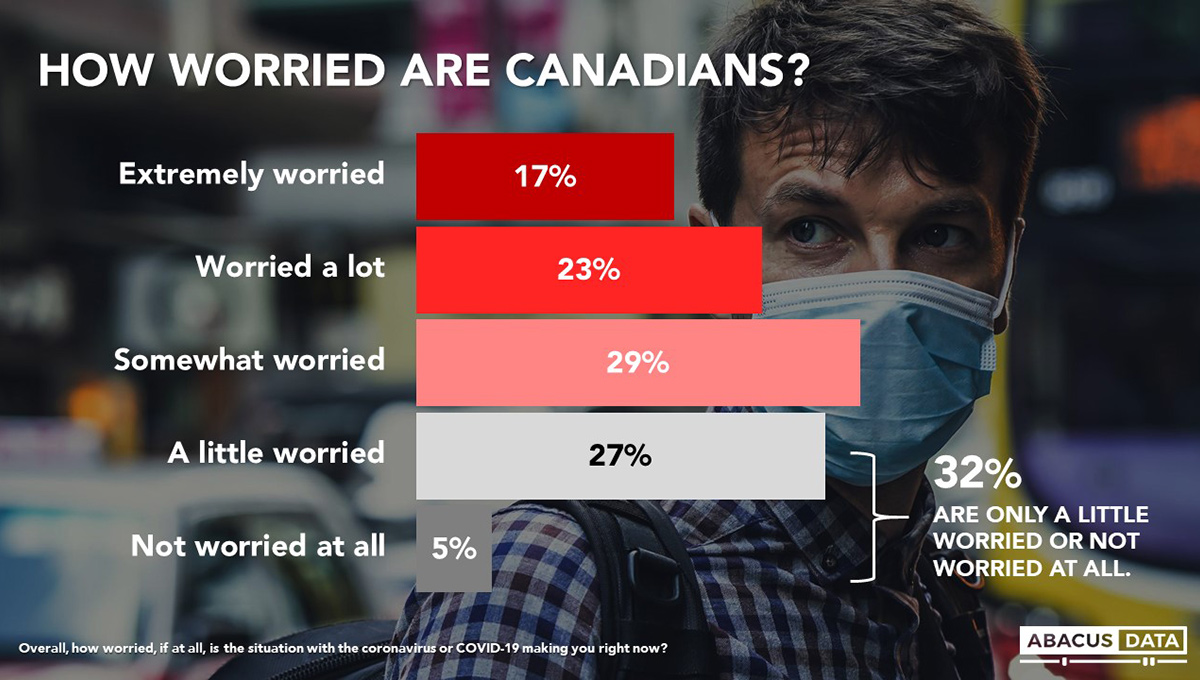By Karen Kelly
One of the certainties of the COVID-19 public health crisis is just how inconsistent public health messaging has been over the last few weeks.
While the virus ripped through China and Europe before arriving in North America, government agencies insisted that the risk to Canadians remained low. Some politicians encouraged families to take March break trips. Within days, others notified them to return as soon as possible or risk being stuck overseas.
Those with the illness or who travelled internationally were asked to self-isolate voluntarily. Some jurisdictions are imposing fines if they leave their houses while others are having trouble explaining what self isolation means.

Prof. Josh Greenberg
As an expert on crisis and health risk communication, Josh Greenberg of Carleton’s School of Journalism and Communication says these mixed messages are confusing and reverberating within communities where they create second-order challenges for public health officials. Once an initial frame takes hold, risk communication research has found it’s really hard to shift people’s thinking.
“The message from our top medical experts and officials, from early January until as recently as the end of the first week in March, is that while this was something we shouldn’t ignore, the risk was not serious,” says Greenberg.
“Let’s remember, we are dealing with a novel virus that we don’t know very much about. And because people struggle to make sense of risks that are unknown, they look for ways to make them feel more familiar. Enter all the news stories, blog posts, hot takes and social media memes comparing COVID-19 to commonly understandable health risks like influenza.”
Greenberg says that the “initial framing” of the disease as a low risk was technically accurate at the time but may have established a sense of complacency that underprepared us for dealing with the velocity of its arrival.
“The speed with which we have now shifted gears helps to explain why we still see parks and playgrounds packed with people, lineups for new video game releases in downtown Toronto, and people going to shopping malls despite advice to stay away from those areas and to avoid non-essential business,” says Greenberg, who is himself isolated due to recent international travel.
“I expect this level of complacency will change once hospitalization numbers increase, as we start to see more cases involving Canadians who are dying of this illness, and as the pressures on our healthcare system become too visible to ignore. Ideally we need to avoid getting to that point, but it seems as though the die has been cast and we are in for a very difficult period ahead.”

The Next Phase of COVID-19
Much of Greenberg’s work has involved assessing the effectiveness of official communications during outbreaks of infectious disease. For instance, following the H1N1 outbreak, he provided research services to the Public Health Agency of Canada as it revamped its risk communications protocol.
He also participated in assessments for the World Health Organization on its responses to Ebola and the Zika virus, and more recently was part of a Joint External Evaluation team appointed by the Pan-American Health Organization to assess Grenada’s readiness to respond to a major public health emergency.
Overall, despite a lack of coordinated communication about COVID-19, Greenberg believes that Canadian health authorities have done a good job overall. He cites transparency in case reporting, regular updates with the media and the public, effective use of social media, and “remarkably strong public communication” by our federal, provincial and regional medical officers of health as key factors in his assessment. (He points specifically to the work of Dr. Theresa Tam at the Public Health Agency of Canada, Dr. Bonnie Henry in British Columbia, and Dr. Vera Etches in Ottawa.)
“Certainly, in comparison with the U.S. and Great Britain, against which we always measure ourselves, Canada’s health authorities have performed admirably under incredibly difficult and rapidly changing circumstances.”
Greenberg expects the question of how government and public health leaders communicate with the public about the risks of COVID-19 will become more fraught and complex as the weeks of social distancing turn into months, and as the illness arrives in different waves over this period.
“From the perspective of national or regional leaders, how do you prepare the population for prolonged periods of economic and personal disruption? How do you keep them engaged when you know this will continue for some time? How is it going to be sustained?
“This is something we’ve never had to do before. It will be a major test of our public health system,” and he cautions that, “we are far from nearing the end of this crisis.”
Graph courtesy of David Coletto with Abacus Data
Wednesday, March 25, 2020 in Communications and Media Studies, Health, Journalism and Communication
Share: Twitter, Facebook



